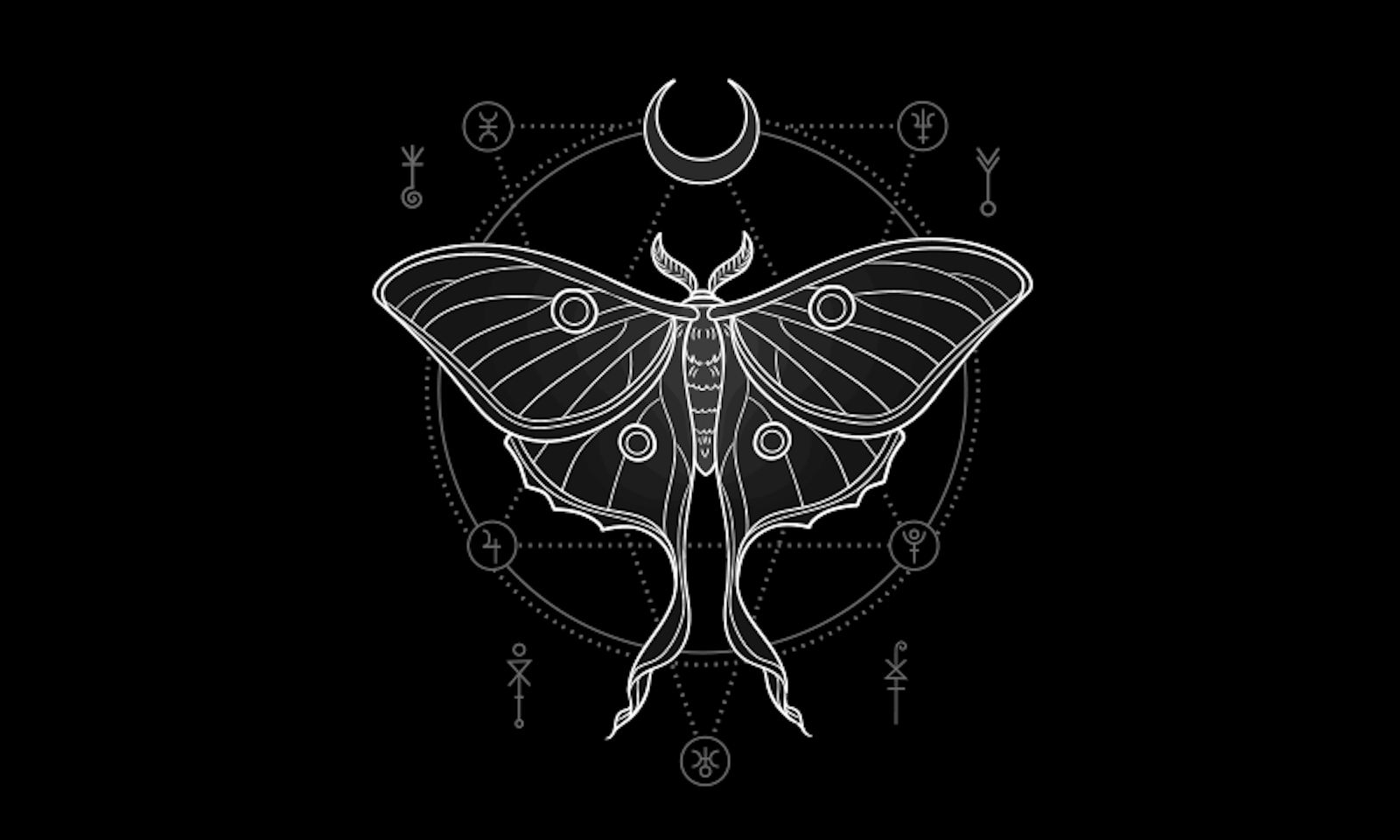Drab and small, bogong moths may not be much to look at, but every year they perform a nocturnal journey worthy of attention. Billions of them fly as many as 1,000 kilometers from the plains of Queensland, in eastern Australia, to the mountain caves of Victoria to escape the summer heat.
Arriving in late September from their breeding grounds, up to 17,000 moths pack each square meter of cave wall and lie in a dormant state in a southeastern mountain range known as the Australian Alps.
“It usually looks like the scales of a fish if you go into these caves during the summer,” said Eric Warrant, a biologist at Lund University, in Sweden. In autumn, the moths fly back to the lowlands to mate, lay eggs, and die. Their progeny repeat the voyage without any experience of it—a feat that has long puzzled researchers.
While scientists have long known that insects, birds, turtles, and fish can navigate using the Earth’s magnetic field, the specific mechanisms they use to activate this “sixth sense” have remained mysterious. So, too, has the connection with other potential sensory cues.
Scientists believe a better understanding of the mechanisms that propel their migration could support conservation efforts. In 2017 through 2019, the bogong moth population suffered a near total collapse—from an estimated 3.8 billion adults to numbers in the mere hundreds—most likely related to severe drought in their breeding grounds in Queensland, among other possible factors. Although their population numbers have since recovered slightly, they’re still well down compared to their pre-drought numbers.
The moths are crucial pollinators for many plants and serve as food for numerous wildlife, such as the critically endangered mountain pygmy possum. “The bogong moth is a keystone species in the alpine ecosystem, so their survival is critical,” says Warrant.
As part of a six-year research project into the moths’ navigational prowess, Warrant and his team tethered the migrating bogong moths to outdoor flight simulators. What they found suggests that the moths use a combination of cues from the Earth’s magnetic field and visual landmarks to orient themselves.
How bogong moths use their “sixth sense” remains mysterious.
In a separate experiment, they found that the moths’ brain cells specifically responded to the rotation of a projected night sky. An ability to use night-sky cues to navigate in a particular cardinal direction was previously known to be possible only in humans and in some species of nocturnally migrating birds.
“The moths seem able to travel in their inherited migratory direction under a starry night sky even if we remove Earth’s magnetic field,” Warrant says. “You have this tiny insect with a brain a tenth the volume of a grain of rice and eyes smaller than a pinhead. That they can do this is surprising.”
The finding suggests bogong moths may be using a “hierarchy” of cues to navigate, with the ability to rely on different ones when others aren’t available.
Warrant and his team suspect that the moths’ eyes, like those of migrating songbirds and some other animals, contain blue-light receptor molecules called cryptochromes that help them to “see” magnetic fields. To test this hypothesis, they are conducting genetic analysis, but still awaiting final results.
How cryptochromes provide precise orientation cues is still something of a mystery. But attention is now turning to one possible explanation: atomic and subatomic “quantum” scales, at which the behavior of matter follows some unusual rules.
“There’s a quantum-mechanical mechanism by which such weak magnetic interactions can affect chemistry,” said Peter Hore, a chemist at the University of Oxford, in the United Kingdom. He’s pursuing this avenue as co-coordinator of an European Union-funded project called QuantumBirds.
As with the bogong moths, understanding how migratory birds navigate could be key to future conservation efforts. It is difficult to relocate migratory birds to more suitable habitats because of an instinct they have to fly back to their points of origin, according to Hore.
“If we could understand the mechanisms they use to navigate, maybe we could fool them into thinking they want to stay where we’ve put them,” he says. ![]()
A longer version of this article was originally published in Horizon, the EU Research and Innovation magazine. Research in this article was funded by the EU via the European Research Council (ERC).
Lead image: IuChi / Shutterstock




























